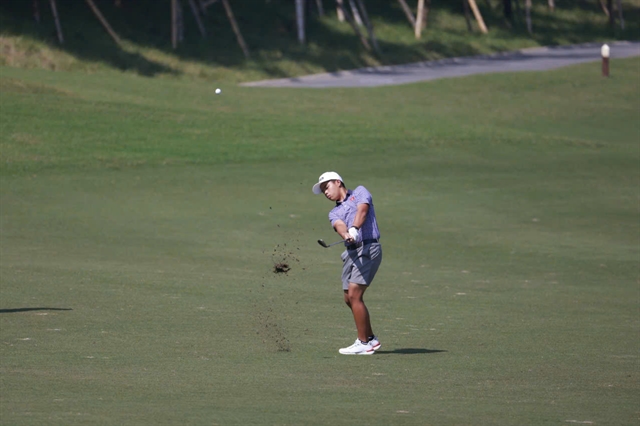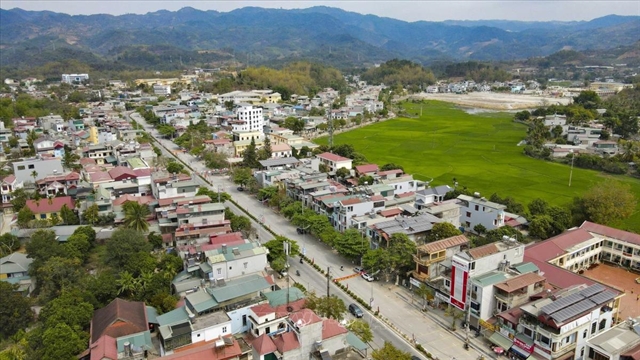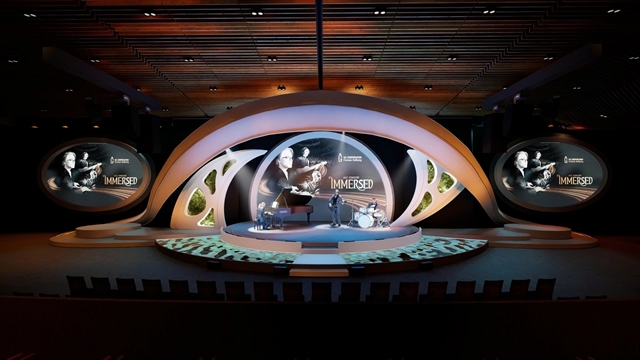 Life & Style
Life & Style
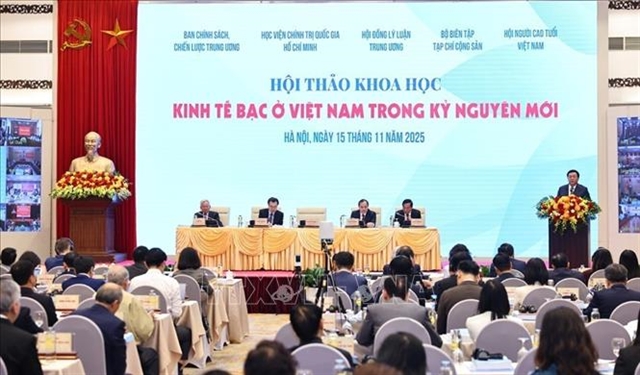
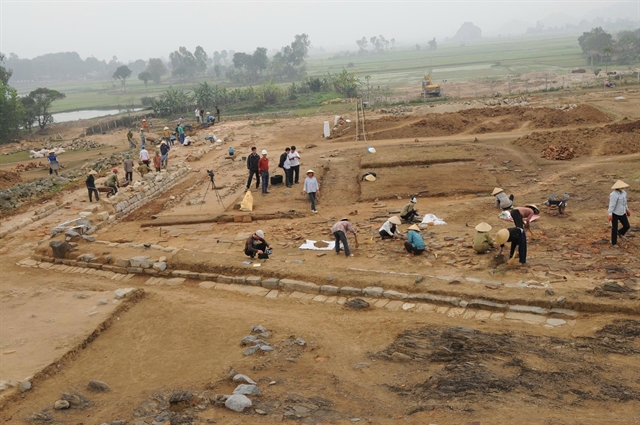
|
| Excavations are conducted at the UNESCO World Heritage Site of Hồ Citadel in Thanh Hóa Province. — VNA/VNS Photo: Hoa Mai |
HÀ NỘI — Archaeological research results from the past year and future research directions were the theme of the scientific conference 60th National Archaeological Report in 2025, hosted by the Institute of Archaeology under Việt Nam Academy of Social Sciences (VASS) on November 13.
Speaking at the conference, Associate Professor Dr Nguyễn Đức Minh, Vice President of VASS, emphasised that archaeology is a core component of national culture, consistently receiving attention from the Party, the State and the entire society.
Recent archaeological research achievements have contributed to clarifying many issues in the historical process, raising community awareness and promoting the preservation and enhancement of Việt Nam’s cultural heritage values.
He praised the 60-year academic tradition of the National Archaeological Report Conference, affirming that it is an important scientific forum that gathers archaeologists from across the country to announce new results, exchange knowledge and develop expertise.
“These contributions not only enrich archaeological knowledge but also help disseminate the historical and cultural values of the nation to the community, especially to the younger generation,” he added.

|
| A decorative phoenix head sculpture discovered during excavations at the Nam Giao altar site in Thanh Hóa Province. — VNA/VNS Photo Hoa Mai |
According to Dr Hà Văn Cẩn, Director of the Institute of Archaeology, 2024 recorded many outstanding discoveries in both Palaeolithic and Early Historical archaeology, as well as Historical and underwater archaeology, reflecting the richness of the heritage and the efforts of research teams across the country.
“This conference serves as an opportunity to comprehensively review new results, identify pressing scientific issues, and open new avenues for enhancing the quality of archaeological research in Việt Nam within the current context,” he said.
Associate Professor Dr Bùi Văn Liêm, Deputy Head of the Conference Organising Committee, noted that the years 2024–2025 have witnessed numerous outstanding achievements in Vietnamese archaeology, with 385 reports spanning Palaeolithic, Early Historical, Historical, Champa–Óc Eo, and underwater archaeology.
In Palaeolithic archaeology, excavations in Thái Nguyên, Lai Châu, Nghệ An, Gia Lai, and Ninh Thuận have uncovered many habitation sites, burial sites, stone tools, pottery artefacts, and cultural layers dating from 12,000 to 3,500 years ago. The discoveries provide important data on the development of stone tool production and the lifestyles of the residents during the Hoà Bình and post-Hoà Bình periods.
Early Historical archaeology and the emergence of the state continued to yield new findings in Sơn La, Bắc Kạn, Ninh Bình, Hà Nội, Vũng Tàu, and Bình Dương, clarifying the dating, cultural layers, and habitation characteristics from the Đồng Đậu and Gò Mun periods to Đông Sơn, particularly identifying additional Đông Sơn habitation layers in Thành Dền, Cổ Loa, and Luy Lâu.
In Historical archaeology, 201 reports reflect a series of new discoveries related to religious architecture, pottery, metal objects, construction materials, burial sites, and ritual sculptures, providing a clearer understanding of the economic and cultural life from the Lý, Trần, to Nguyễn dynasties.
Champa–Óc Eo archaeology recorded 38 reports, notably including discoveries at K Tower, Liễu Cốc, Khánh Lễ, Mỹ Sơn, Bình Thuận, and Huế, which helped determine the structure, dating, and functions of religious and habitation architecture.
Underwater archaeology yielded 17 reports, focusing on the Central and Southern regions, contributing to the identification of ancient trade routes, the dating of shipwrecks, and valuable artefacts.

|
| Two ancient boats discovered during the excavation of a fish pond in the Red River Delta province of Bắc Ninh. — VNA/VNS Photo Đỗ Huyền |
These results indicate that archaeological activities in Việt Nam are vibrant and highly effective, continuing to significantly contribute to the reconstruction of the nation’s cultural history.
Delegates focused on discussing the prominent issues in contemporary Vietnamese archaeology, particularly the excavation results that indicate early dating, complex cultural layers, and changes in stone tool production techniques, flint flakes and raw material cores at various sites across the country.
Many contributions provided in-depth analyses of stratigraphic structures, the cultural characteristics of each sediment layer, and the ability to determine dates using radiocarbon dating based on direct measurement of remaining Carbon-14 atoms in organic samples such as coal, bone, wood, and shell (AMS-C14). They also examined the identification of traces of habitation and the economic and social activities of ancient residents through artifacts and ecological contexts.
From these analyses, delegates proposed enhancing interdisciplinary research, particularly between archaeology, geology, paleontology, and geomorphology, to better clarify the context in which archaeological sites were formed.
Additionally, they suggested promoting the application of digital technology to store and process data, thereby improving the accuracy of cultural layers. The importance of inventorying, preserving, and enhancing the value of archaeological sites in conjunction with community education and heritage management in the new era was also emphasised. — VNS

